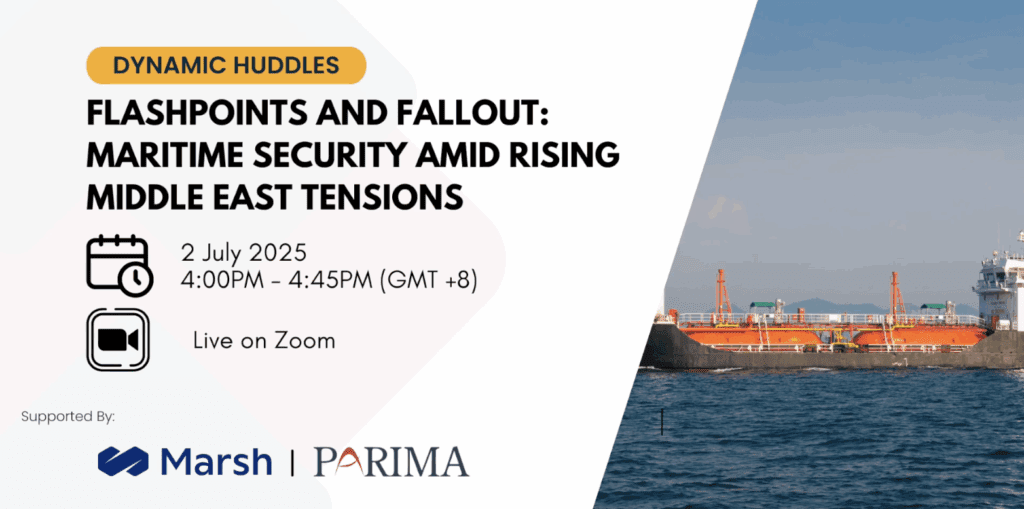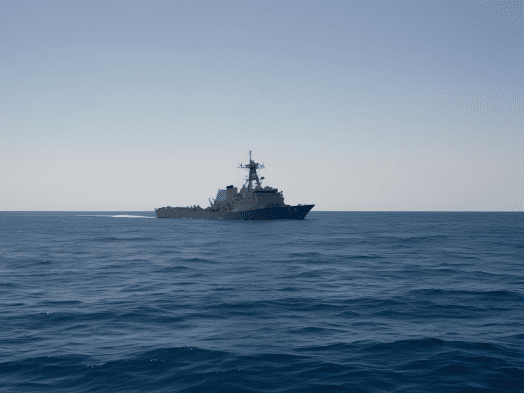(Credit: Canva)
The Red Sea, a vital artery for global commerce, has become a flashpoint due to escalating attacks by Yemen’s Houthi rebels. Since late 2023, these assaults have not only disrupted international shipping but also intensified geopolitical tensions across the Middle East.
Marine Cargo Impact: Delays, Rerouting and Rising Costs
The Red Sea is a major trade route connecting Asia, the Middle East, and Europe. According to Hillebrand Gori, a company of DHL, this corridor plays a key role in transporting goods between global supply hubs. However, with major container lines now avoiding the Red Sea, many shipping companies have diverted vessels around the Cape of Good Hope, resulting in longer transit times, increased fuel costs, and logistical bottlenecks.
In the first two months of 2024 alone, trade through the Suez Canal dropped by 50%, underscoring the scale of disruption.
Strategic Risk Mitigation for Marine Cargo Operations
In response, Marsh Asia has outlined risk mitigation strategies to help companies regain control over cargo movements and related liabilities. These include renegotiating terms with freight forwarders, re-evaluating subcontractor agreements, and diversifying supply chains to reduce dependence on high-risk shipping corridors.
A risk manager from the petrochemical sector shared how her company is adapting. With active war risk coverage secured from AIG, they are closely monitoring developments in the Red Sea. She noted that while the policy currently remains intact, insurers retain the right to terminate coverage if the security situation worsens.
Armed with this knowledge, her logistics team is evaluating shipment routes on a case-by-case basis — choosing whether to sail through the Red Sea or divert, depending on operational urgency and risk thresholds.
She outlined three key tactics for cargo risk management:
- Negotiate proactively with insurers to maintain war risk coverage and clarify termination conditions.
- Ensure clear communication with logistics partners so any withdrawal of coverage results in immediate rerouting.
- Maintain strong relationships with brokers and insurers for early warnings and timely decision-making.
Resilience Through Insurance and Supply Chain Strategy

(Credit: PARIMA)
In PARIMA’s webinar on 2 July 2025, titled “Flashpoints and Fallout: Maritime Security Amid Rising Middle East Tensions”, Michael Walls, Marine, Cargo & Logistics Leader – Asia at Marsh, highlighted that in the current environment, protecting cargo and strengthening supply chains is critical to navigating tariffs and geopolitical risks. Key strategies include securing appropriate insurance coverage, diversifying suppliers, exploring new markets less affected by tariffs, and reassessing loading, discharging, and warehousing operations to enhance overall resilience.
A Crisis Still Unfolding
While some maritime activity has resumed in the Red Sea under naval escort, the broader security and trade environment remains uncertain. For marine cargo stakeholders, success lies in staying agile — with robust insurance, flexible logistics, and strong partnerships as the foundation for navigating a volatile shipping landscape.
The crisis is still unfolding, but with foresight and resilience, businesses can keep cargo moving and supply chains intact — even amid the world’s roughest waters.







